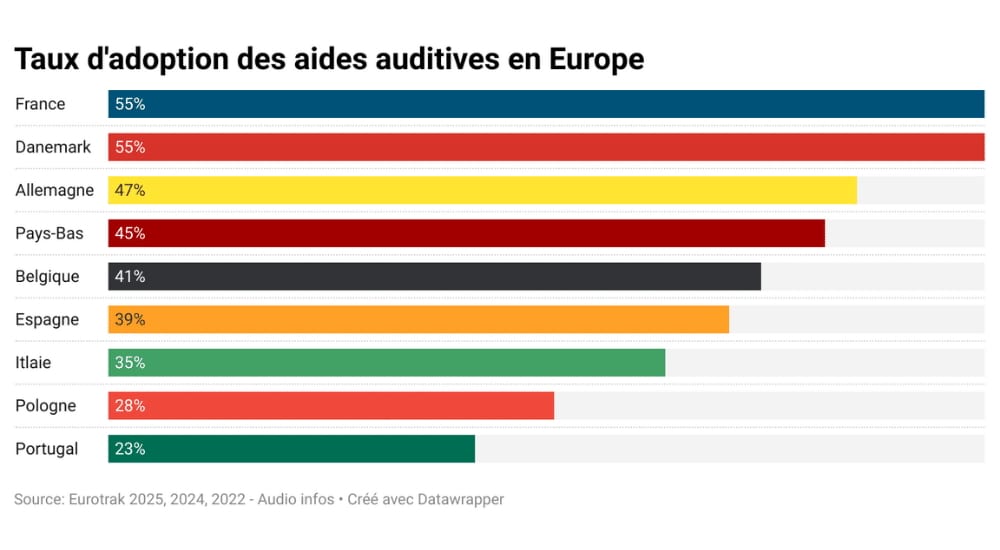California research closing in on cochlear implant with pitch detection
cochlear implants
Not detecting pitch is one of the great limitations of current cochlear implants (CIs), but research at the University of California, Irvine (UCI) is advancing towards a device that can send pitch data.

Picking out pitch in sound is not only crucial to hearing and appreciating music; it is essential to understanding speech when voices compete. Developing a cochlear implant (CI) that can provide this data has been the goal of UCI neuroscientist and professor of otolaryngology, John Middlebrooks, for over 10 years. Now he believes it may be a question of just five years before US Food and Drug Administration approval for the first human trials of such a device.
"Implant users really suffer in the presence of competing sounds,” says Middlebrooks. “One of the main things that helps a normal-hearing person pick a voice out of a crowd is the pitch of the voice, and implant users don’t get pitch at all. They can’t tell a man’s voice from a woman’s voice. They can’t use pitch cues to know when someone is excited or sad.”
Current implants have an external portion—a microphone and speech processor—and an internal portion comprising a transmitter and electrode array. The latter processes sound and electrically stimulates nerve fibres in the cochlea. With electrodes distant from the auditory nerve, the frequencies that can be heard are limited. The new implant, similar in structure, would target the low-frequency fibres of the auditory nerve that send pitch data.
“We’ve shown in animal studies that if you can stimulate the low-frequency areas selectively, you get much better transmission of the timing information that is needed for pitch perception,” Middlebrooks says. It is believed that the aimed-for device would potentially improve implant users's ability to appreciate music.
This breakthrough research project is funded by a five-year grant from the National Institute on Deafness and Other Communication Disorders, a branch of the US National Institutes of Health.
“I’m honoured to have the opportunity to work on this project that, I believe, will greatly enrich the quality of life for deaf people,” Middlebrooks says.
Source: UCI News


